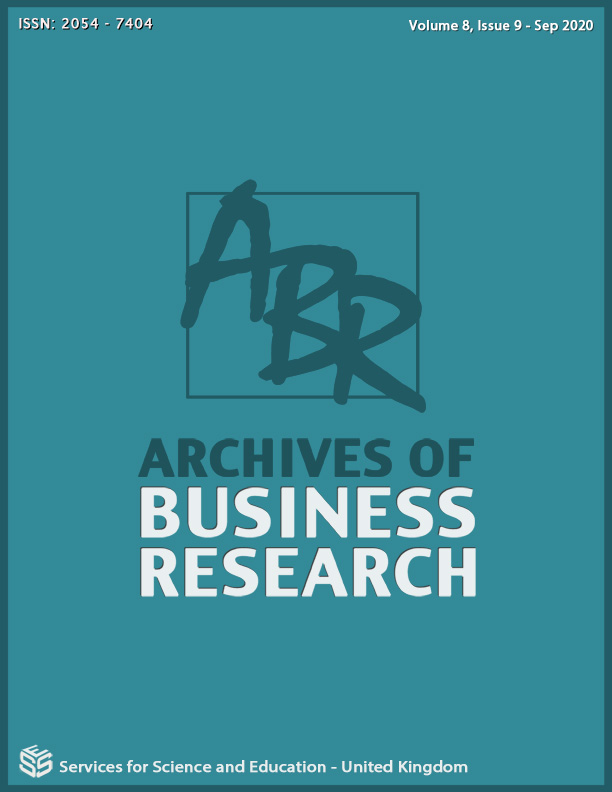Gender, Cultural, and Racial Influences on Mania: A Brief Review For Business
DOI:
https://doi.org/10.14738/abr.89.9096Abstract
Background: The DSM-IV-TR and ICD-10 provide criteria necessary for a diagnosis of mania. This paper, in the context of business, evaluates the influences of gender, culture, race/ethnicity on mania and the presentation of mania. Group membership impacts on presentation of mania are not specified in either diagnostic tool. Despite general criteria having been identified to warrant a diagnosis of Mania, there is still a need to acknowledge differences that may arise in presentation of Mania due to demographic variations in the individual.
Methods: A brief review of literature regarding Mania was conducted. Information relevant to treatment, diagnoses and presentation within individuals with varying gender, culture, race/ethnicity were reviewed and then compared to standardized diagnostic manuals and procedures.
Results: Presentation of mania varies based on group membership. Few publications provide clear presentations of mania within any demographic minority. The DSM-IV-TR and ICD-90 do not account for differences in the presentation of mania due to group membership. Despite the limited amount of publications available, peer-reviewed publications indicate variations in presentation based on group membership. Relatively few publications originate in the US, despite high prevalence of many minority groups. Lack of specificity in diagnostic guidelines, cohesive literature, and adequate training of professionals contribute to misdiagnoses within certain populations.
Conclusion: Additional research is suggested to increase the understanding of clinical presentations within groups varying in gender, culture and race/ethnicity. Training and mentoring future clinicians to identify and appreciate these individual differences in the business environment is essential.






